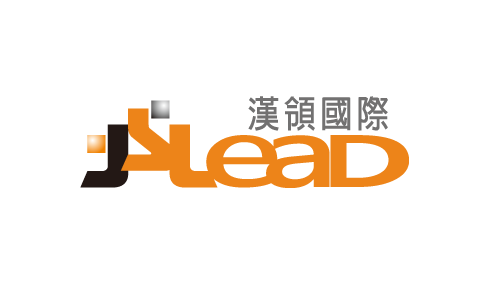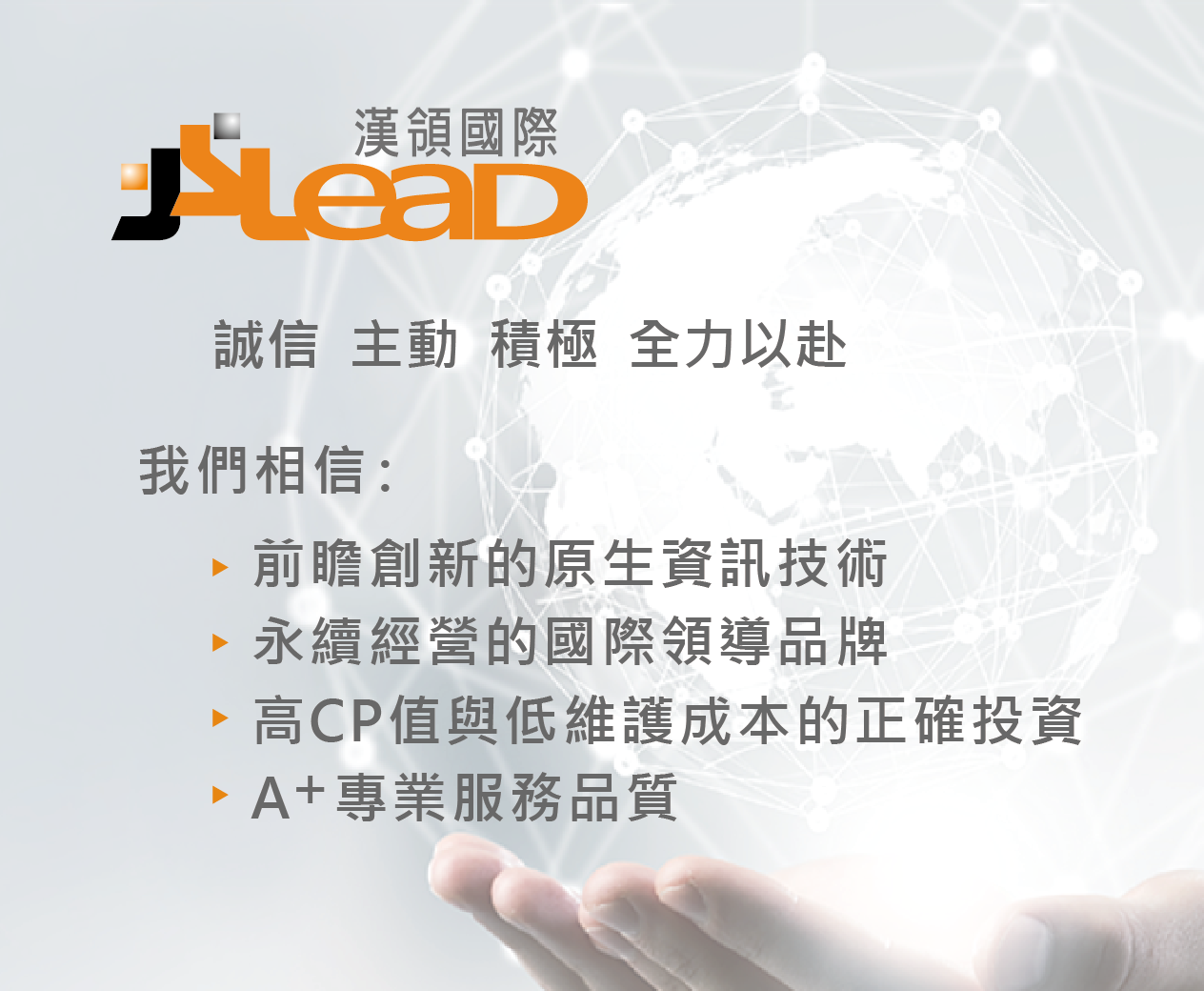
漢領國際
JSLead
漢領國際致力推動資安防禦、虛擬化架構及鉅量資料技術,積極引進國際級資安解決方案:已為台灣指標級的 ObserveIT 視覺化內部威脅暨資料外洩防護解決方案、LogRhythm 智慧型資安情資數據即時分析平台、Ericom Shield 網站檔案虛擬隔離淨化解決方案、Thycotic 特權帳號管理解決方案等,於電信、金融、科技、服務產業及政府建立眾多成功案例,提供高 CP 值的資安機制。
產品或解決方案白皮書
Privacy and Visibility Best Practices
McKinsey found that approximately 50% of data breaches between 2014 and 2018 were driven by insiders.
To address the risks of insider compromise, system misuse and data exfiltration, organizations want to collect user-related data in one place and with privacy in mind. With the explosion of data being collected by consumer firms and within the enterprise, multiple data privacy regulations have sprung up in the EU, multiple U.S. states and across industries.
Many of these data protection laws and privacy enforcements have identified similar strategic definitions for what information constitutes “personal data”. Additionally, they developed frameworks for how businesses and organizations are expected to protect client data and employee data, and how to collect, use, and dispose of the data. In many cases, security and privacy of personal data go together. The same regulations that stipulate the privacy needs around capturing a consumer’s data also emphasize the security goal of information around the access, manipulation, and authorized use of that data.
TO PRIVILEGED ACCESS MANAGEMENT (PAM) SUCCESS
With up to 80% of breaches due to compromised credentials, Privileged Access Management (PAM) has become a fundamental security priority for organizations of all types. Yet, cyber threats are becoming more persistent and business and technical environments more complex and interdependent. Therefore, proactive enterprises and rapidly growing organizations are going beyond basic PAM security controls to fortify and expand their privilege protection programs.
The Complete Guide to Ransomware - What to Do When Your Data is Held Hostage
This guide shares the expert knowledge that researchers at LogRhythm have gathered about how ransomware attacks start, how they progress through an organization’s endpoints and broader network, and what you can do to prevent them — or at least shut them down — to avoid serious repercussions.
Browsers are the Target: Protect Them with Zero Trust Browser Isolation
A fundamental shift in how we combat malware attacks on vulnerable browsers and webmail is required. One that stops the cat and mouse approach that leaves legitimate users always at risk, and instead stops all malware from entering via these vectors. You read that right – 100% of the threats from the web, stopped. We’ll introduce you to how this can be done – a technique called Browser Isolation – but let’s first better understand whysecuring web browsers can be such a challenge.
IT Implications of BYOD in the Cloud Era
Taking a close look at the modern employee reveals tremendous changes that are transforming the working environment. Mega trends such as cloud computing, mobility, bring your own device (BYOD) and cyber security are accelerating the adoption of a variety of IT technologies to address the business needs and challenges arising in today’s workplace. Today, employees work from multiple locations; the corporate office, home-office and on-the-go. They use multiple devices, and store data on many different clouds. Above all, employees expect that while they work from their comfort zone, their user experience remains natural and smooth, regardless of the conditions, device or location.
Industry research firm Forrester refers to the modern corporate personal computing environment as ‘digital workspace delivery systems,’ a blend of technologies that provides optimal user experiences for Microsoft Windows-based desktops and applications across devices, locations, and work styles. Similarly, Gartner refers to this corporate environment as a ‘Unified Workspace,’ which enables a secure delivery of the right applications, desktop and data to the right user, on the right devices, at the right time, to the right location, and in the right format. IT organizations need to keep pace and balance accessibility, productivity and security, while maintaining centralized control.
In this white paper we will review the tools needed, and the agility required by IT organizations, in light of the developments in cloud computing and corporate workspace requirements. This document will also introduce Ericom’s solutions for addressing the evolving challenges of BYOD and cloud computing.
產品或解決方案影片
Comprehensive Privileged Access Management Made Easy for Organizations
Learn more about a scalable Privileged Access Management solution that works.
LogRhythm NextGen SIEM Platform Review: Overview, Key Features, And Pros And Cons
This video reviews the LogRhythm NextGen SIEM Platform.
Airgap Endpoints from Web-Based Attacks
Protect endpoints and enterprise networks from browser-borne threats, including malware, ransomware, drive-by downloads, malvertising and even zero-day threats, while allowing users to interact seamlessly with the websites they need.
產品線或解決方案類型
全方位的資訊安全解決方案
Thycotic PAM 特權帳號解決方案
Secret Server
- 特權帳號盤點
- 密碼自動變更
- 自訂多階申請流程
- 軌跡側錄與內建報表
Privilege Manager
- 端點特權帳號盤點
- 端點密碼自動變更
- 最小權限控管
- 應用程式權限控管
- 線上/離線動態提權申請與簽核
LogRhythm Next Gen SIEM 智慧型資安情資數據即時分析平台
- AnalytiX:全方位日誌收容分析及處理
- DetectX:資安情資分析及法令遵循
- RespondX:資安事件進階協同合作、自動化與回應 (SOAR)
- NetworkXDR:網路原生攻擊偵測與回應 (NDR)
- UserXDR:使用者與實體設備行為分析 (UEBA)
- NetMon:深度網路傳輸封包收集及分析
- SysMon:深度端點活動資料收集
Ericom Shield RBI 網站檔案虛擬隔離淨化解決方案
- ZERO TRUST 瀏覽器虛擬隔離技術,以 Remote Browser Isolation (RBI) 確保終端設備及網站瀏覽之安全,有效防範網頁攻擊,且無須封鎖任何未知 / 未分類之網站。
- 提供使用者瀏覽外部網站內容或下載文件的高安全環境,並有效提升資安管理效率。
- 防範網路攻擊導致代價高昂的業務中斷、系統停機及商譽損失。
- 無需端末代理程式 (clientless) 或元件,建置和管理更為簡便。
- 可選擇性開放使用者於瀏覽器之剪貼、Cookies、書籤、列印、及檔案上下傳之功能。
- 降低使用者與管理者服務需求量,提高 IT 生產力。
- 全方位支援市場各式瀏覽器、使用者終端設備及作業系統。
- 運用內建的檔案過濾淨化技術,免除文件下載導致攻擊的風險。
- 提供軌跡記錄供匯出作為資安事件調查與鑑識之用。
- 彈性的佈署方式,搭配既有的資安系統架構作不同的整合形成更嚴密的資安防護網。
- 佈署方式可採用雲端或在地 (on premise) 架構,提供企業組織全方位的遠端虛擬隔離保護。
Ericom Connect Secure Remote Access 雲端虛擬運算整合解決方案
- 不需安裝任何軟體,使用網路瀏覽器即可執行 Windows 應用程式與虛擬桌面。
- 可依實際需求擴增使用者存取權限,每個虛擬整合平台最多可同時支援 100,000 個使用者。
- 可於數小時內快速建置虛擬化應用程式與桌面。
- 單一 Web-Based 管理界面並支援多種語系,可集中化建置、管理與監控。
- 進階優化的 Access Portal 提供便捷的 HTML5 瀏覽器存取,使用者端無需安裝元件,有效降低 IT 與 Helpdesk 維護工作負荷。
- 支援 BYOD 行動裝置,讓應用程式和桌面傳遞至任何設備、任何地點,提昇使用者與企業組織之共同生產力。
- 支援使用者端 Windows 10、MAC OS 及 Linux 作業系統。
- 具備極佳的 CP 值,較其他解決方案減少高達 30% 的伺服器規格需求。
- IT 資產極大化,IT 投資成本最佳化,IT 建立管理的輕量化。
- 透過報表與主動效能偵測功能,可蒐集大量的 IT 維運數據,讓 IT 部門轉型為營運資料戰情中心。
- 擁有 Cluster 叢集技術與 Always-On 機制,確保營運及工作持續與流暢,減少生產力中斷之可能。
- 提供遠端連線、BYOD、HTML 5 瀏覽器之 SSL 安全加密連線。

Thycotic / LogRhythm / Ericom Shield / Ericom Connect
Thycotic PAM 特權帳號管理解決方案
LogRhythm Next Gen SIEM 智慧型資安情資數據即時分析平台
Ericom Shield RBI 網站檔案虛擬隔離淨化解決方案
Ericom Connect SRA 雲端虛擬運算整合解決方案

洽詢窗口
- 姓名:周林臻 業務協理
- 電話:+886-2-2709-6983
- 信箱:sales@jas-solution.com
產品類型
- Security Analytics
產品功能
- AI/ML 事件關聯式分析 (AI/ML Events Correlation Analytics)
- 特權帳號管理系統
- 網站隔離存取(RBI)

